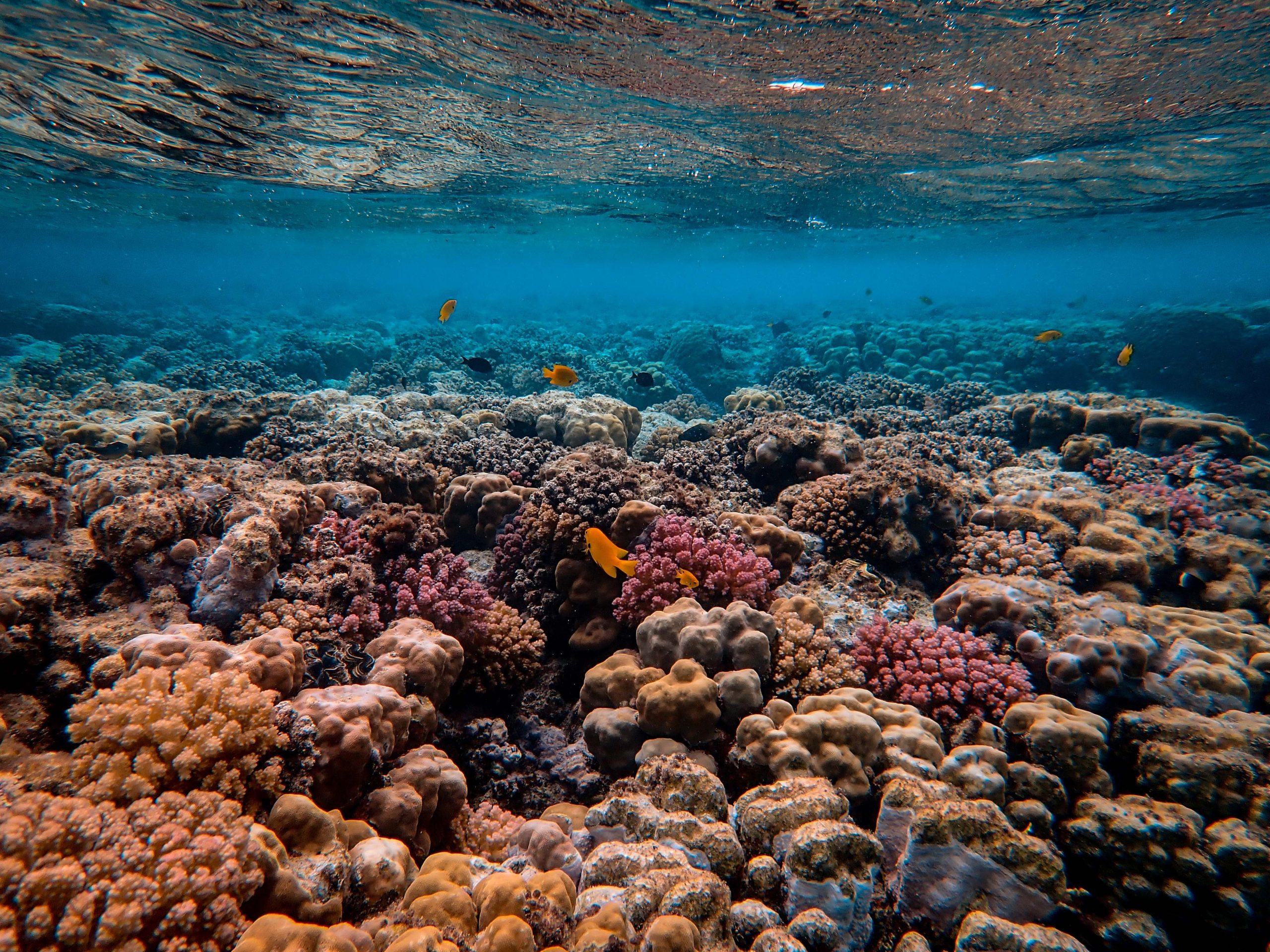Modern ocean biodiversity, which is at its highest level ever, was achieved through long-term stability of the location of so-called biodiversity hotspots, regions of especially high numbers of species, scientists have found.
The findings, published in Nature, were reached through a pioneering model that reconstructs the diversity of marine animals from their origin – some 550 million years ago- to the present, based on plate tectonics and environmental factors, mainly ocean temperature and food supply.
Unlike the fossil record, the new model is free from gaps and sampling biases, as the history of diversity in the model is numerically simulated rather than being reconstructed from fossil data. The model reveals that the increase in diversity is real and is associated with the development of diversity hotspots during the last 200 million years, when the Earth’s environmental conditions were relatively stable.
For the preparation of the work, the scientific team used a palaeogeographic model that tracks the movements of continents and the seafloor through geological time and a paleo-Earth system model that reconstructs the environmental conditions of ancient seas. In the model, each tracked region accumulates diversity over time at a rate controlled by the environmental conditions of each region and at each time.
“Our approach resolves some of the previous debates about whether the record of fossils in the rocks is good enough to provide a clear pattern of biodiversity change through deep time”, explained co-author Prof Michael Benton of the University of Bristol’s School of Earth Sciences.
Up to now, understanding of the global-scale history of biodiversity and origins of modern biodiversity have depended on the fossil record, which proves that life on our planet has been hit by at least five great mass extinctions over the last half billion years. The Permian-Triassic mass extinction, the greatest of all time, wiped out more than 90% of marine species, leaving ecosystems on the verge of collapse. Today, 250 million years later, life in the sea is more diverse than ever.
“The question is how did we get to where we are,” said the ICM-CSIC researcher and project leader Pedro Cermeño. “Gaps in the fossil record require the use of a new computational approach to reconstruct the history of life. Our model is able to recreate the geographic distribution of modern ocean diversity, especially the hotspots, and reveals the mechanisms that have created them.”
For the past fifty years, palaeontologists have argued about the quality of the fossil record. “We were not sure whether if it is good enough to give a reasonable picture of past diversity and details are of how life recovered after mass extinctions”, said Prof Benton.
ICM-CSIC researcher Carmen García-Comas, who led the study added: “It was really exciting to see that the dynamics of global diversity resulting from our regional diversification model were similar to what is seen in the fossil record. This supports the use of the model to reconstruct the spatial distributions of diversity in deep time, allowing us to resolve when and how marine biodiversity hotspots originated.”
The new model also sheds light on one of the most controversial questions in evolutionary ecology: whether or not there is a limit to the diversity that the Earth can support. Ecological theory states that as diversity increases and biological interactions, such as competition, intensify, the process of diversification slows down to a halt, so that the appearance and establishment of a new species will inevitably lead to the extinction of an old one.
However, some scientists have argued that Earth’s ecosystems are so heterogeneous that there will always be room for more species. Our results reconcile both views. While most of the oceans exhibit diversity levels far below their maximum, regions hosting diversity hotspots could be close to their limit.
“This modelling tool is really powerful as it allows us to explore a lot of things, including what would have happened if some of the big mass extinctions had never happened or if they had happened at another time in Earth’s history”, stated Mr Cermeño.
Human interference in the natural functioning of Earth systems has prompted what experts call the sixth great mass extinction. According to the United Nations, in the last century, as many species have disappeared as those that would be extinguished in 10,000 years assuming a normal, non-extinction scenario. In addition, 25% of the species evaluated by the International Union for Conservation of Nature are today in danger of extinction.
“Our study emphasizes that, if current trends continue, projected diversity loss can take millions of years to recover, arguably beyond our own existence as a species,” concluded Prof Benton.
The study was carried out by an international team of marine biologists, geologists and Earth system modellers based at the Institut de Ciències del Mar of the CSIC in Barcelona (Spain), the University of Bristol (United Kingdom), the University of Sydney (Australia), Northwest University in Xi’an (China), Université Bourgogne Franche-Comté (France), the University of California in Riverside (USA) and the Integrative Ecophysiology, Alfred Wegener Institute for Polar and Marine Research in Bremerhaven (Germany).
This study was supported by the Australian Government through AuScope, via the National Collaborative Research Infrastructure Strategy, NCRIS.
![]()

